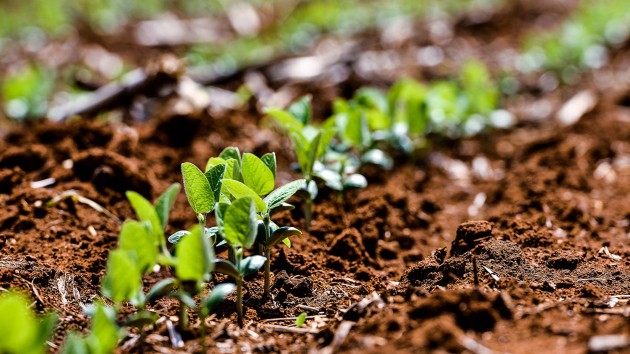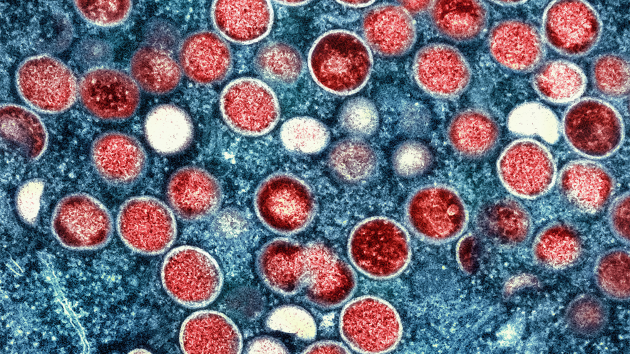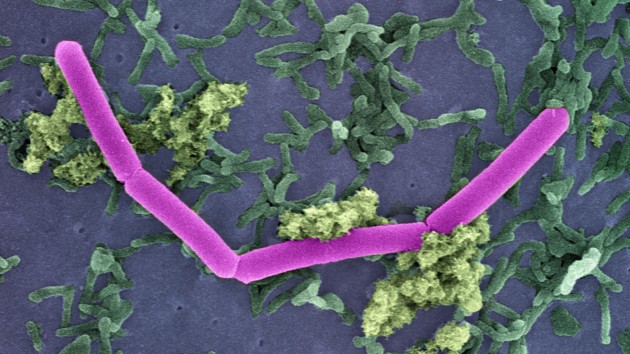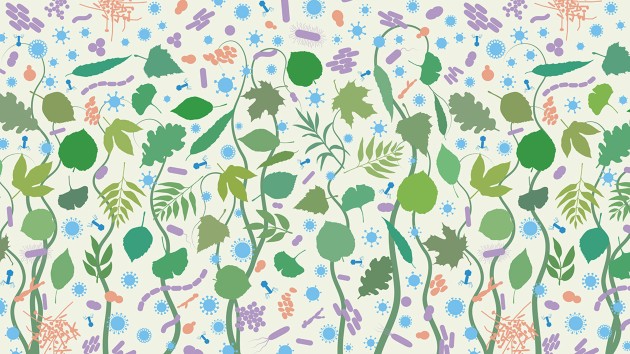Collection |
Collections
Filters
-
Collection Type
-
-
Collection |
 Microbes and climate change
Microbes and climate change
Microbes are integral members of climate systems.
Image: fairywong/DigitalVision Vectors/Getty; Mary Desy/iStock / Getty Images Plus/Getty; Design: Valentina Monaco -
Collection |
 Nobel Prize in Physiology or Medicine 2023
Nobel Prize in Physiology or Medicine 2023
The 2023 Nobel prize in Physiology or Medicine has been awarded to Katalin Karikó and Drew Weissman for their “discoveries concerning nucleoside base modifications that enabled the development of effective mRNA vaccines against COVID-19”.
Image: Springer Nature/The Nobel Foundation/Imagesource -
Collection |
 Soils in Food Systems
Soils in Food Systems
Soils are vital for food production, biodiversity conservation, and climate regulation.
Image: Lucas Ninno / Moment / Getty -
Collection |
 Progress towards the Sustainable Development Goals
Progress towards the Sustainable Development Goals
The year 2023 marks the mid-point of the 15-year period envisaged to achieve the Sustainable Development Goals, targets for global development adopted in September 2015 by all United Nations Member States.
Image: © Springer NatureOpen for submissions -
Collection |
 Microbiome & Nutrition
Microbiome & Nutrition
Nature Microbiology and Nature Communications invite submission of research articles spanning the topic of microbiome and nutrition. This includes, but is not limited to, microbial metabolism of food and dietary components, human and animal health and disease including malnutrition, microbial foods, and microbiome-based dietary interventions.
Image: [M] troyanphoto / stock.adobe.comOpen for submissions -
Collection |
 Rifts
Rifts
Earth’s tectonic plates extend and break-apart during rifting.
Image: Ulrich Doering / Alamy Stock Photo -
Collection |
 Mpox
Mpox
Following the recent declaration from the World Health Organization that the ongoing monkeypox (now named mpox) outbreak is a Public Health Emergency of International Concern, the editorial teams at Nature Portfolio have curated a collection of relevant articles.
Image: NIAID -
Series |
 Amplifying diverse voices
Amplifying diverse voices
Nature Microbiology presents a Series of Journal Club articles, written by underrepresented author groups, that highlight past and present scientific advances in all areas of microbiology.
Image: smartboy10/DigitalVision Vectors/Getty -
Focus |
 Women in Microbiology
Women in Microbiology
Gender inequality persists around the world and is highlighted for action as UN Sustainable Development Goal 5.
Image: Valentina Monaco -
Collection |
 Chemical Biology of Microbiomes
Chemical Biology of Microbiomes
Interspecies communication in complex microbiome environments occurs through the small molecules, peptides, and proteins produced by both the host and the microbial residents, as highlighted in this collection of recent articles from Nature Portfolio.
-
Collection |
 The plant microbiome
The plant microbiome
The UN General Assembly proclaimed that 2020 is the International Year of Plant Health to recognize and protect plant health, and to raise awareness of the crucial role of plant health in ecosystem health, food security and human health. Plants host diverse microbial communities that are associated with plant roots, the phyllosphere, rhizosphere and the endosphere, and comprise bacteria, fungi, protists, nematodes and viruses. Numerous studies from different fields of research have expanded our knowledge of the complex interactions between the plant, the associated microbial communities as well as the environment, and provided insights into the ecology and functions of this co-association, including the appreciation that the plant microbiota is important for plant growth, fitness, stress resilience and health. Such an increased understanding opens up the possibility to harness plant-associated communities for sustainable plant production and agricultural practises and to protect plants from the effects of climate change and human activities that lead to a decrease in biodiversity and the spread of plant diseases. This Collection contains Reviews and Research articles from across the Nature group of journals that cover the latest advances in plant microbiome research, addressing critical knowledge gaps that need to be addressed, such as a better understanding of the assembly of the plant-associated microbial communities, their dynamics, metabolic interactions or functional properties.
Image: Philip Patenall/Springer Nature Limited

 Genome Editing
Genome Editing